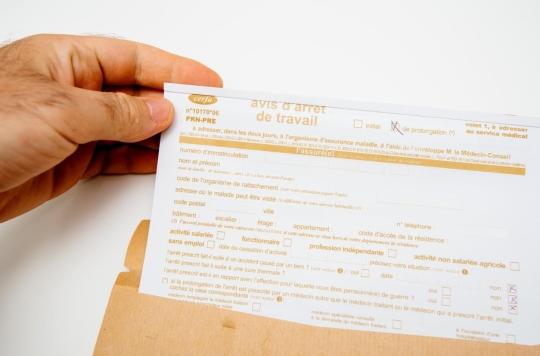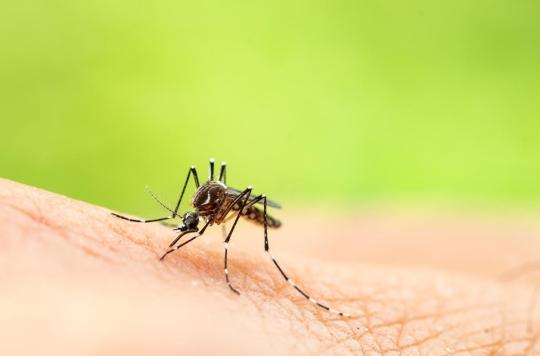The slate is salty, the Health Insurance (CNAMTS) intends to lighten it. According to a document consulted by Agence France Presse (AFP) and relayed by your daily newspapers, the organization is preparing an action plan to reduce expenses related to work stoppages.
In 2013, more than 203.6 million days were compensated for illness for the benefit of 4.7 million people and at a cost of 7 billion, indicates the report which, according to AFP, must be presented this Wednesday in council.
No surprise, musculoskeletal disorders, mental disorders and depressive episodes alone account for more than half of the number of days compensated for long sick leave.
Because what worries the CNAMTS is above all the distribution of these stops. Those of less than 30 days are the most frequent (76%) and weigh 20% of expenses, notes the Press Agency. On the other hand, sick leave of one to six months represents 19% of the volume, but 41% of the expenditure. And the so-called “long” shutdowns, beyond six months, 5% of the volume but 39% of the expenses.
Health Insurance therefore wants to put an end to this spiral in which the number of beneficiaries decreases (-2.7% in the first half of 2014) while the number of days compensated increases (+2.8%).
Calls to order will be addressed to doctors who prescribe, without any particular justification compared to other colleagues, more stops and of longer duration. The document quoted by AFP is eloquent: “If these doctors reduce by 1 day the duration of prescription of IJ (daily allowances, editor’s note) for their patients, this represents 33 million euros in savings”.
Another avenue, facilitating agents could accompany patients on long-term sick leave towards a resumption of activity. By trying, for example, to guide them in their course of care made up of the attending physician, the occupational physician and sometimes social services.
Without denying the various factors that increase the envelope of IJ, such as the aging of the active population, more affected by chronic diseases, or flu epidemics, the CNAMTS nevertheless intends to control this item by acting on behavior.

















